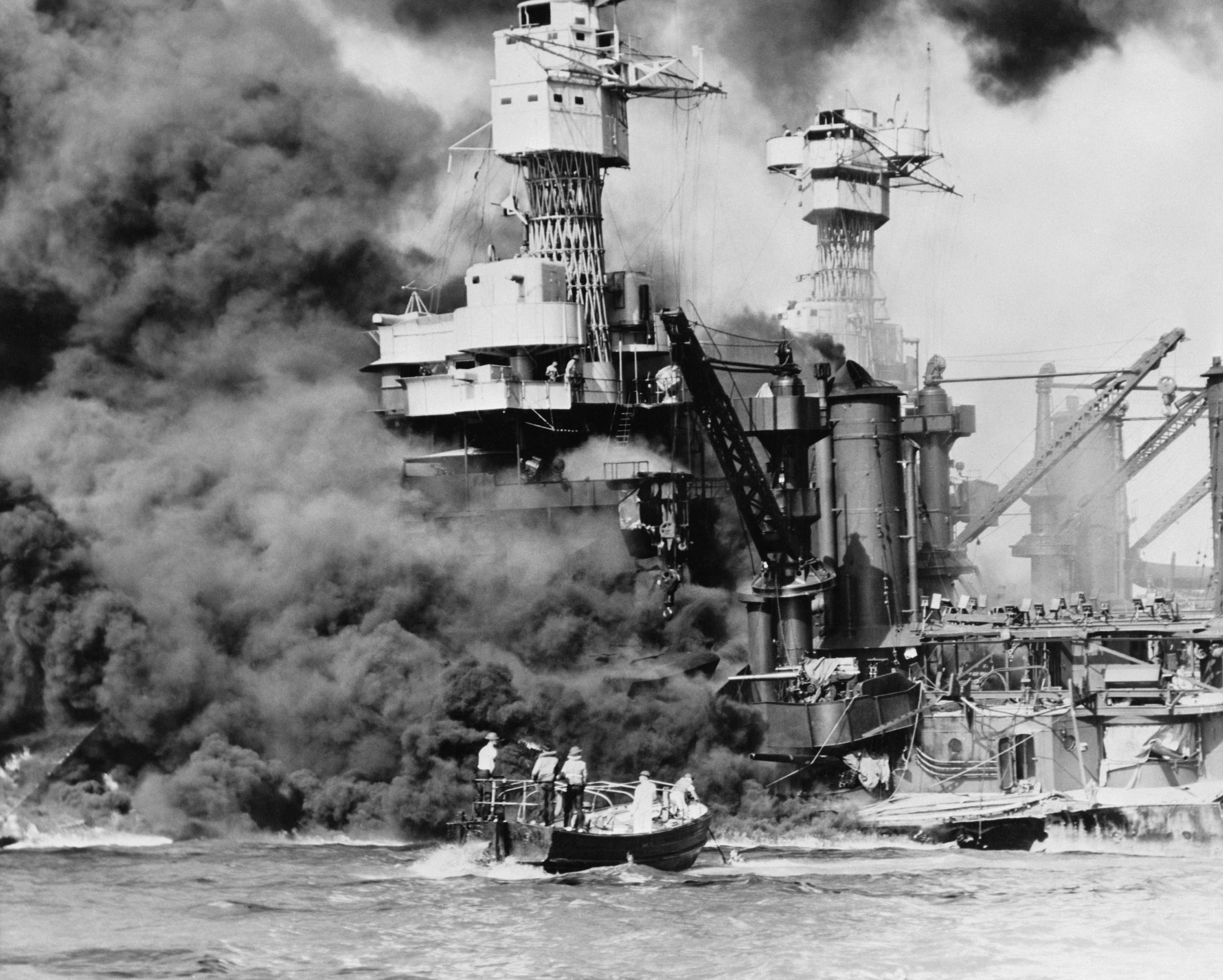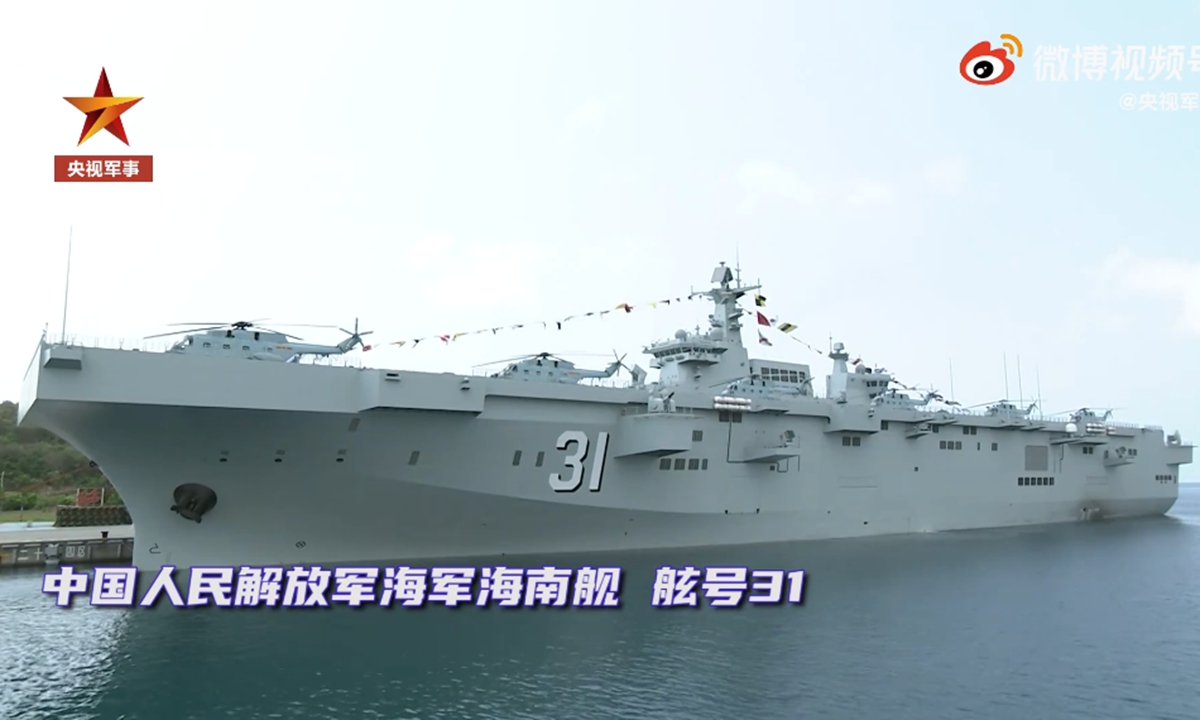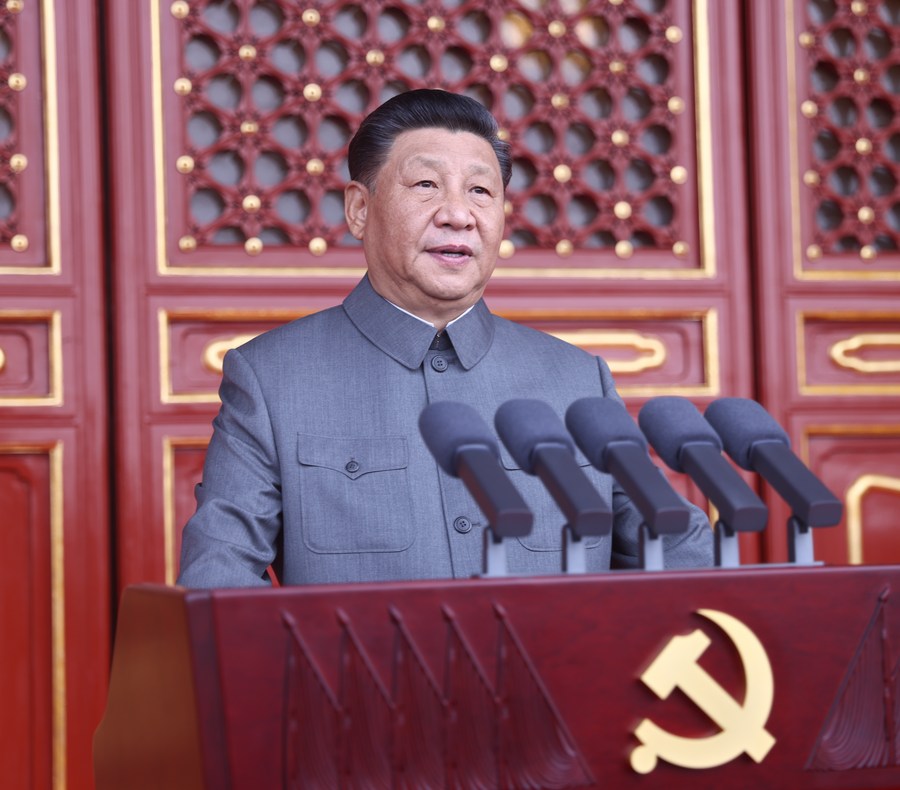By Vice Admiral Shekhar Sinha (Retired)
By the end of World War II, it had become evident that the ultimate decision of any future conflict would be decided by maritime supremacy. Countries or alliances of partners who have dominant firepower at sea or adjoining landmass have a greater advantage over the powers who have a dominant position only over land. Allied powers enjoyed dominant maritime superiority over Axis powers.
Despite Hitler’s blitzkrieg over nearly all of Europe, it met its match in Communist Soviet Union. Japan proved its superiority by using maritime air power conducting repeated strikes on Pearl Harbour. But for resolute Americans rebuilt aircraft carriers and nearly destroyed the Japanese Fleet that led to surrender by the Japanese forces.
Land warfare, having reached a stalemate and subsequent destruction of Hitler’s empire and devastation of Germany, wrote the history of the world. The world divided itself into two blocks, one led by Communist Soviet Union and the other, which called itself the Free World led by the USA.

The gradual decline of the British Empire opened the doors for the US. It realized that maritime power would give it the reach worldwide which the British enjoyed. Ideologically, Sir Halford Mackinder and Alfred Thayer Mahan were defining the geopolitical churn. Free trade and its unhindered movement became the spine of prosperity for America.
Its technological edge increased productivity and also added new ways for leading daily lives. America’s outreach of trade was backed by its new scientific inventions.
The inventions were not limited to products for comfort but also in military technology which added to its hard power and influence. The discovery of oil in the Gulf led to the Great Game in Asia and the contestation for supremacy. Soviets clearly used their Eurasian superiority to build influence in the countries northwards in the Gulf whereas the US applied its maritime power and influenced the geoeconomics by allying with Arab countries south of the Gulf.
It was a fine balance during the Cold War. All that changed after the fall of the Soviet Empire. Being a closed economy it could not sustain funding for technological contests with the western world. It collapsed and a number of small countries emerged based on their ethnic affiliations. This opened the wrap of canvas for the US to become the sole superpower of the world.

It became the single leader of the economy and the military might be driven by its superiority in technology. It was very obvious that a country or group of countries that enjoy a technological edge will have a better economy and stronger military.
China’s Silent Growth
One country which watched this closely and started working in this direction was China, led by very farsighted leader Deng Xiaoping. He was convinced that if China had to prosper and get its billions of people out of poverty, it had to open its economy to the world while retaining state control on ultimate decisions.
He began sending Chinese students to the western world to gain scientific knowledge and return to China to help the manufacturing industry. He created an environment to provide cheap labor and swaps to the western manufacturers who then moved their plants into China. Little realizing its ultimate impact. Xiaoping gave the slogan of ‘Build capability and bide your time.’
Probably by the time Hu Jintao came to power the slogan had changed to ‘hide your ability and bide your time’. China had prospered while the US forces were deeply entrenched in the Gulf with the war on terror.

The American experiment of fixing their own democratic template on the Arab rulers had failed. China could not hide its capabilities anymore. The arrival of Xi Jinping has been momentous in Communist China’s history. China’s prosperity was there to see. Nearly 600 million people had been lifted out of poverty.
It claimed that China was a moderately middle-income prosperous nation. Chinese thinkers were convinced that it was time to expand its influence worldwide more for business. However, it was very clear to them that soft power must be backed with adequate hard power if they were to make China fully prosperous.
He declared that China was a socialist nation where individuals were permitted to accumulate wealth for their individual prosperity as long as they contributed to uplift the standard of the rest of the population out of poverty.
While most necessary ingredients of prosperity were in China’s favor there was one serious shortcoming. It did not have adequate energy resources within China and it had to import nearly 80%, nearly all from littorals of the Indian Ocean.
Energy is necessary for growth and prosperity. Clearly contestation for resources with the US had begun over the Indian Ocean. While the US, having realized the rise of China and its assertion, pivoted its attention to Indio Pacific to utilize its maritime firepower and deter China from replacing it as the economic/ military superpower.
Setting The Rules
China used every art of statecraft by economic coercion of weaker nations and exerting pressure at its boundary across Himalayan borders with India and in the South China Sea by forcibly capturing islands in the Spratly and Paracel islands groups which were claimed by at least five smaller nations.
China expanded its naval combat power manifold, threatened to capture Taiwan and unite it with the mainland, China also rejected judgment given by the PCA of ICJ on the Scarborough shoal belonging to the Philippines. China also reclaimed areas around a number of islands, reefs, shoals, and rocks in order to lay claim on a much larger EEZ.
China’s 2015 White Paper clearly spelled out the superiority over land approach needed to be abandoned and the primacy of oceans for prosperity must be ensured. It decided to build a plan to become world-class.

China has established military bases on the captured islands. It has two aircraft carriers operational and a third one nearing completion. It is manufacturing 8 destroyers a year. Its naval assets have surpassed that of the US Navy.
China’s aircraft infringe Taiwanese airspace every day. Ships threaten US Navy ships often in SCS. China has also built a naval base in Djibouti. Gwadar is by and large with it.
It is arming Pakistan with 8 Han class submarines with AlP system and 4 Jiangwei class destroyers/ frigates. It has taken control of Hambantota and Colombo south ports in Sri Lanka. Sitwe and Kyaukphyu ports in Myanmar are by and large under the operational control of China.
Spreading Their Influence
They nearly took Maldivian islands on lease which were in the vicinity of the Indian EEZ. Thankfully the election witnessed the arrival of a new regime led by President Solih who has a very balanced view which is in Maldives’ interest.
China has deep penetration in coastal African countries e.g. Seychelles, Mauritius, Gibraltar, and most African east coast countries. Chinese provide loans to create infrastructure in the recipient countries, when repayment becomes impossible Chinese swap it for ports, SEZs, and airports. It is a virtual trap. The world is witnessing an uneasy Cold War between the US and China in the Indo-Pacific.

QUAD has come about with the aim of transferring emerging technologies for the benefit of littorals. The cooperative mechanism for vaccines (India has a major role to play), builds infrastructure with transparent financial support to provide an alternative to BRI.
Then the formation of AUKUS, a military technology alliance amongst the US, Australia, and the UK. This is primarily to give the Australian Navy ability to operate nuclear attack submarines and also build these submarines.
This will give the ability to a US ally to respond immediately to emerging threats in the Pacific and South China Sea which is a hot spot right now.
Key Role in AfPak
With the exit of the US from Afghanistan and the entry of China is indicative of the importance of peace and stability in the AfPak region for the success of BRI which is key to the Chinese dream of dominating Eurasia virtually unopposed, Russia being a friendly state.

However, this aspiration cannot be met till governance in Afghanistan becomes normal and there is stability in the region, which seems unlikely in the short term.
Therefore, China will exert pressure on the US and its allies in the SCS and the Indian Ocean. Pacific islands have already favorable approaches to China due to economic coercion, geopolitical games seem to be being played over these oceans.
Should the geopolitical competition turn into contestation and worse a conflict, we could witness a new world order. If it doesn’t, the Cold War over the seas will continue, in the middle of which middle powers like India Japan Australia
Indonesia, the Philippines, and possibly Vietnam would define a multipolar world order.
(Vice Admiral Shekhar Sinha (retd) is the former Chief of Integrated Defence Staff & Commander in Chief, Western Naval Command.)




